Picking your type of cooking appliances should begin with understanding the benefits and deficiencies of each, and then choosing the one that fits your needs the best.
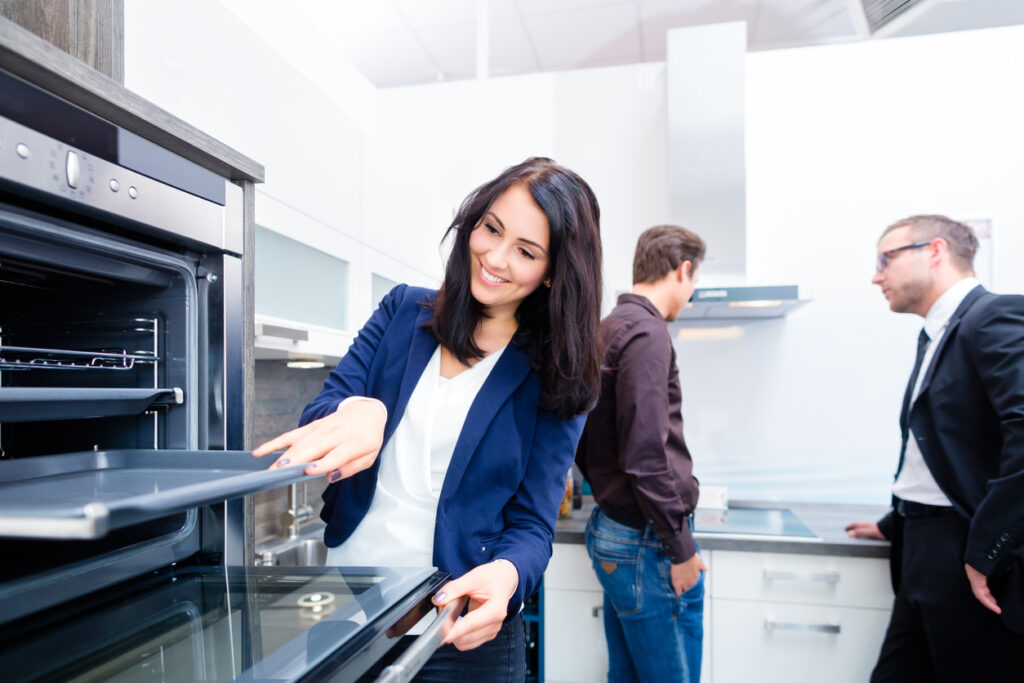
Recently there has been a lot of chatter about the impact different types of home appliances have not just on our checkbooks but on the environment as a whole. Government agencies have even proposed banning certain appliances – especially some kitchen cooktops – for these reasons.
At Carefree Kitchens, we strongly believe that creation is for human habitation, and it is our duty to take care of this home of ours to the best of our ability. Wanton pollution and unrestrained exploitation of resources certainly does not qualify as “taking care of.”
At the same time, we believe that the conversations are not balanced and is often over-exaggerated for various reasons and creates false impressions. What we need is to have a genuine national conversation about these matters that looks at all the facts, not just those that suits any particular agendas. Freedom and responsibility are the bedrock to a successful society.
We are kitchen people. That means that we want to help private homes and businesses alike create a kitchen workspace that suits their needs and desires the best. To help our customers make the choice that is best for them, we thought that we would provide a brief side-by-side comparison of the major types of cooking appliances, summarizing the benefits and deficiencies of each one.
Wood
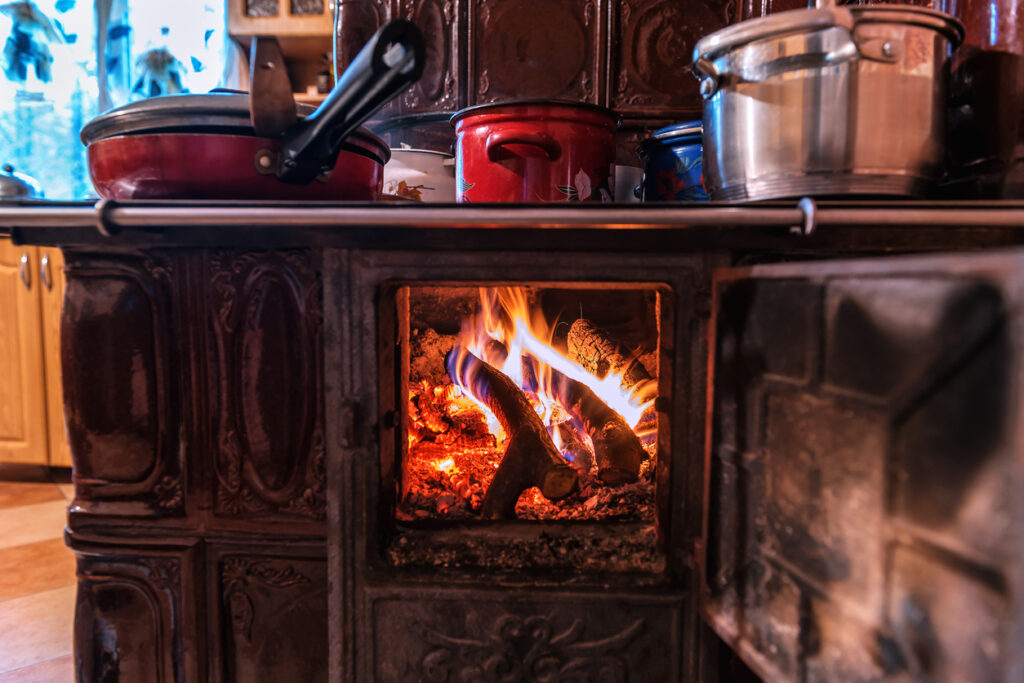
Believe it or not, many people still prefer to cook on a wood stove. These homeowners are not only in older homes using older stoves. Some stove manufacturers are appealing to new home builders and buyers, offering modern designs, increased efficiency, and safety features that make a wood stove a viable option even for timber-framed homes.
The ambience created by a wood stove often produces positive feelings of nostalgia and even romance. In addition to the joy that comes with those feelings, here are several more concrete benefits to wood stoves:
- Fuel costs: The price of wood varies greatly, but it is generally cheaper than gas or electricity. Your fuel costs will also be reduced to virtually nothing if you live in a wooded area and can provide your own firewood
- Dependability: Wood stoves can be used without interruption even if strong storms or geopolitical turmoil result in power outages or a failed fuel supply.
- Environmentally friendly: Wood is the ultimate renewable resource. And though burning wood releases more CO2 than other fuel types, obtaining firewood does not have the same environmental impact as the drilling, fracking and refining processes used to obtain oil and gas.
- Multi-purpose: A well-placed wood stove can heat your home at the same time you cook, which results in a more efficient energy use overall.
- Flavor: Wood stove users consistently claim that food simply tastes better when cooked over wood.
Wood stoves do have their drawbacks, though:
- Higher initial costs: Purchasing a good wood stove will likely be more expensive than its gas or electric counterpart. They also require more attention at installation and need to be surrounded by heat- and flame-resistant materials to protect the underlying home construction.
- Labor-intensive: A wood stove takes more work to operate. It requires substantial space for fuel storage that must be easily accessible. It is much more difficult to achieve specific target temperatures because the fuel itself is inconsistent. Finally, it requires frequent cleaning from its ash buildup.
- High clearance space: Wood stoves require space around them safety reasons. Many stoves are designed to stand alone, which makes them difficult to seamlessly implement in a kitchen design.
- Lower efficiency: While the efficiency of wood stoves has improved tremendously, they still waste more energy than other fuel types.
- Residual heat: There is a flip-side to the benefit of being able to warm your house at the same time you cook: you may not always want your house to be that warm, especially in summer months or if you live in a warmer climate zone.
Summary: Wood stoves are great for those who want to be more self-sufficient and off-grid, who do not mind the work involved in using and maintaining them, and who enjoy the ambience that they create. For most other people though, for whom convenience and work efficiency are primary concerns, it would be better to choose a different cooking heat source.
Gas
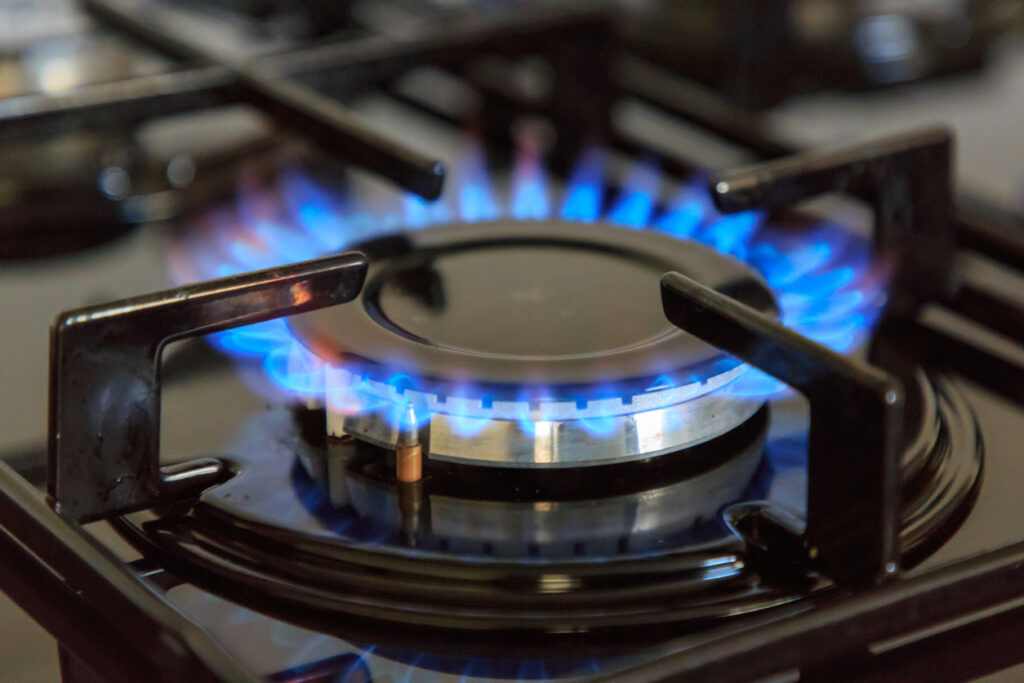
Like wood stoves, gas stoves and cooktops create heat by burning. There are two main types of gas fuels that are commonly used: natural gas, and Liquefied Petroleum Gas (LPG, also known as propane). These are known as “fossil fuels,” because they are made from organic matter that has decomposed underground and away from exposure to air.
A major advantage to using gas is its overall efficiency:
- Gas cooking flames are instantaneous – there is no need to wait for heat build up;
- The heat from a gas flame can be precisely controlled;
- The flame can be immediately extinguished.
Gas ovens and cooktops evenly distributed heat. And because water vapor is a byproduct of burning gas, food cooked in a gas oven – which traps that vapor – remains moist and often has better flavor preservation.
Finally, gas is typically cheaper than electricity, although the price of gas can fluctuate dramatically due to supply and demand.
Recently, natural gas has come under scrutiny for both its health hazards and its environmental impact. The health risks are directly tied to how well the kitchen area is ventilated. If not extracted from the room, the byproducts of burning gas, which includes carbon monoxide (CO), can lead to respiratory or other health complications and could potentially be fatal. Installing and using a gas stove requires care to ensure that these risks are greatly reduced or even eliminated.
Natural gas is essentially methane, which is the lightest of all hydrocarbons. Burning natural gas releases methane into the atmosphere and contributes to the buildup of “greenhouse gasses.”
Whether or not the environmental impact of gas-based ovens and cooktops is as severe as many claim, the fact remains that these cooking methods require an open flame in a closed space. This can be a safety hazard if not used properly.
Summary: Cooking appliances fueled by gas offer a very efficient, cost-effective and user-friendly cooking experience with great results for many people. The risks of using gas must be weighed against those advantages, however. In some cases, local laws may not permit a gas line to be installed in new construction.
Electric
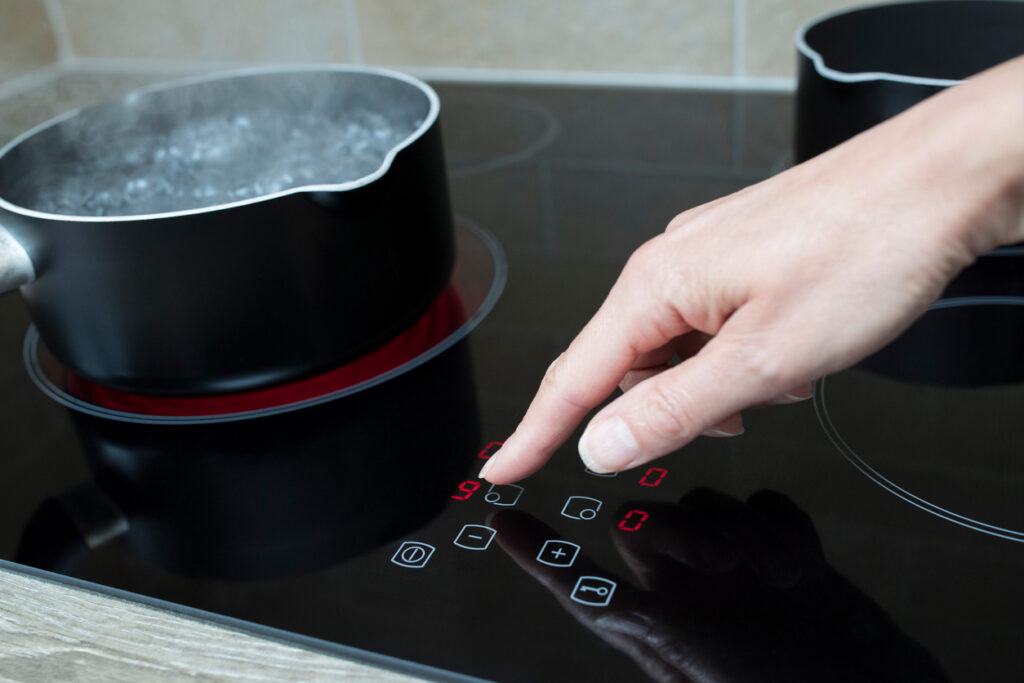
For those who do not like the idea of an open flame inside their house, electric ovens and cooktops provide a clear alternative. Mainline electric cooking appliances create their heat by resistance. They are very safe to use, creating a hazard only if they are left on and unattended to for a long time.
There are quite a few other advantages to electric appliances:
- They are generally easy to install. Incorporating them into a kitchen design is simple. If converting to electric from another type of appliance, the only requirement is the installation of sufficient electrical service.
- Electric cooktops usually offer varying sizes of heating element surfaces, which in turn allow for different sizes of cookware depending on the need.
- They provide very precise temperature control, and generally distribute their heat very evenly.
- They transfer their heat to cookware more effectively, which results in greater efficiency. There is little to no residual heat that gets into the room, allowing for the kitchen itself to remain cooler.
- Whereas gas ovens often retain moisture, which is good for some applications, the dryness of an electric oven is more beneficial for instance when broiling or browning meat.
- Finally, electric appliances are generally easy to clean.
There are, however, some disadvantages to using electric cooking appliances:
- They are often more expensive to purchase than gas appliances;
- Because they are relatively slow to heat up, they use considerably more energy than their gas counterparts;
- Electricity is often more expensive than gas;
- They only work when the power is on. Homeowners in areas with frequent blackouts will be without the ability to cook until power is restored.
Summary: Electric cooking appliances are a very safe and efficient way to cook your food without the need for an actual burning flame. They can be expensive to use, though, and will not be usable in the event of a power outage.
Induction
An induction stove uses electricity and has many of the same benefits as mainline electric cooking appliances. However, the way it creates heat is very different. Instead of using resistance, it creates an alternating electro-magnetic field that interacts with compatible cookware and makes it hot.
The benefits of this method include:
- Increased efficiency and fast response times;
- The heat generated is very even, especially if the cookware has a flat base;
- The surface of an induction stovetop generates heat from the cookware, not from itself, which means that they will not continue to generate heat when the cookware is removed.
Overall, induction stovetops are much safer and more economical alternatives to mainline electric appliances.

Conversely, while induction stoves are becoming increasingly popular, they are still not as plentiful as mainline electric stoves, which means that they are generally more expensive at the outset. However, the main downside for induction cooking is the cookware. Only pots and pans made out of ferromagnetic material (cast iron, stainless steel, or enameled steel) will work. Glass, ceramic, copper and aluminum cookware will not work. Practically, this means that choosing to use an induction stovetop may require you to replace all your cookware.
Induction stoves also make a small bit of noise, due in part to the micro vibrations of the cookware. Those sounds may disturb some people with hearing sensitives. Also, people with an electric medical device, like a pacemaker, should ensure that the specific cooktop they purchase will not affect their device in any way.
Summary: Induction stoves are very efficient, safe, and easy to use, and are increasing in popularity. They are expensive to purchase, however, and may require a replacement of all your cookware.
You make your choice: We will make it work.
Our design professionals at Carefree Kitchens are very experienced in incorporating all types of cooking appliances in their designs. If you would like more information on which option is best for you, write to us or give us a call. We’ll be glad to answer your questions, and then design your choice into the kitchen of your dreams.
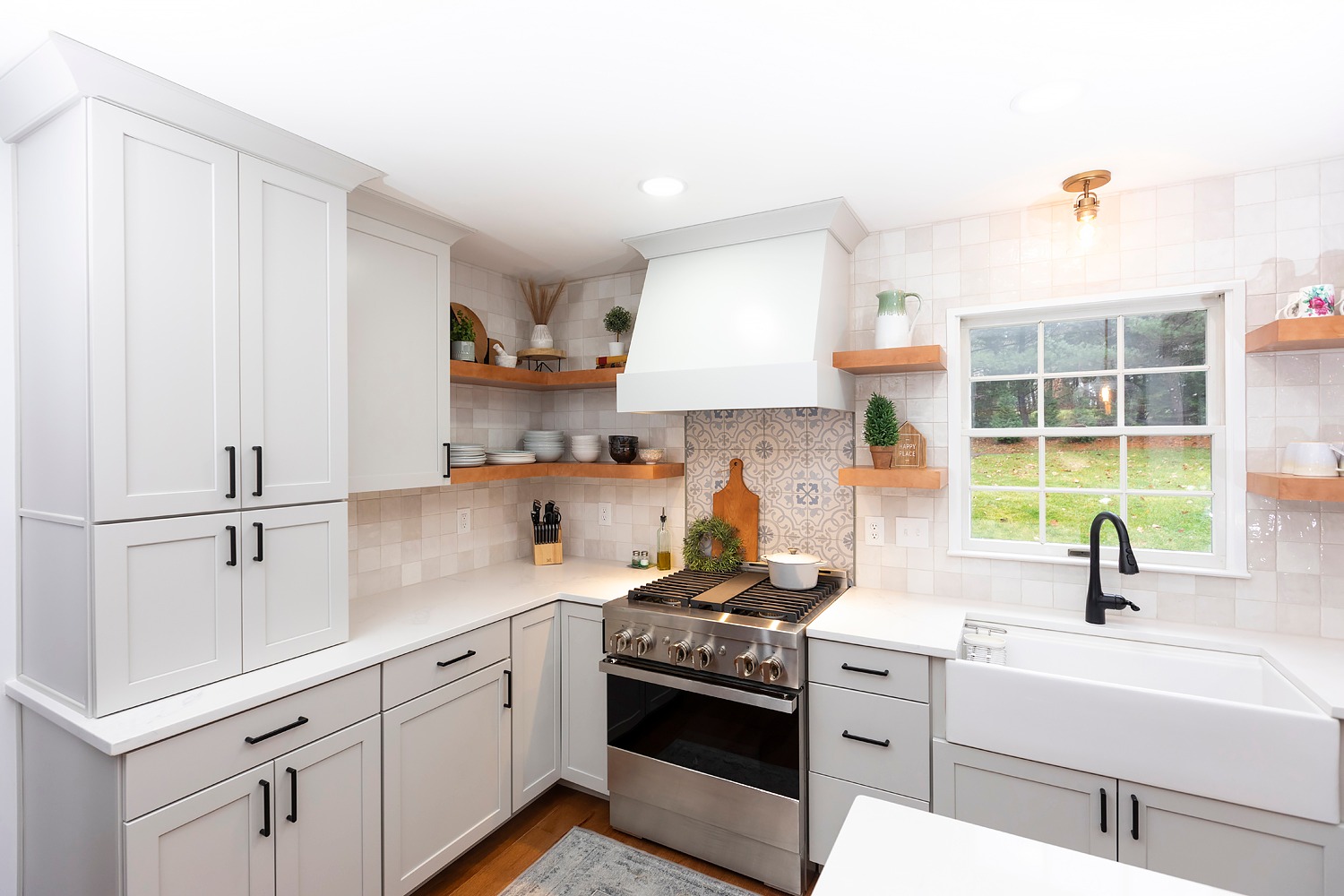


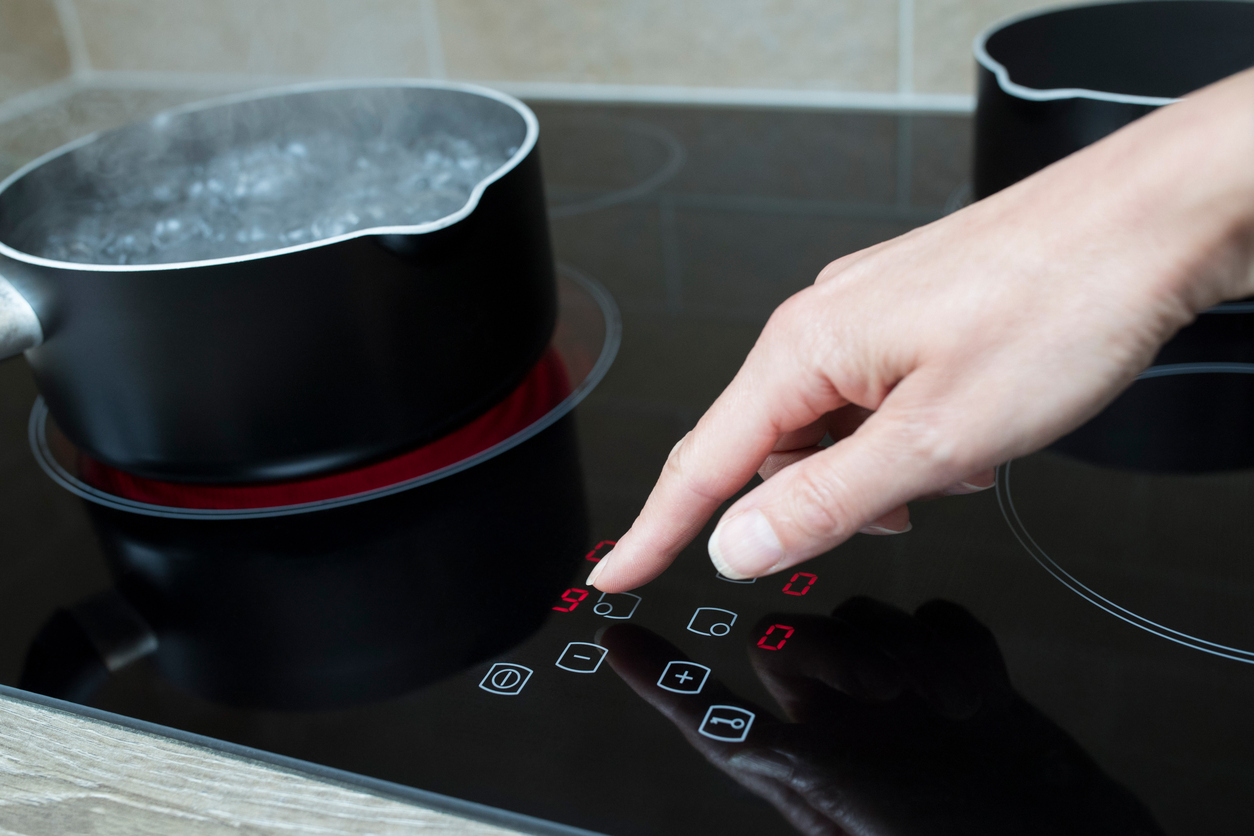
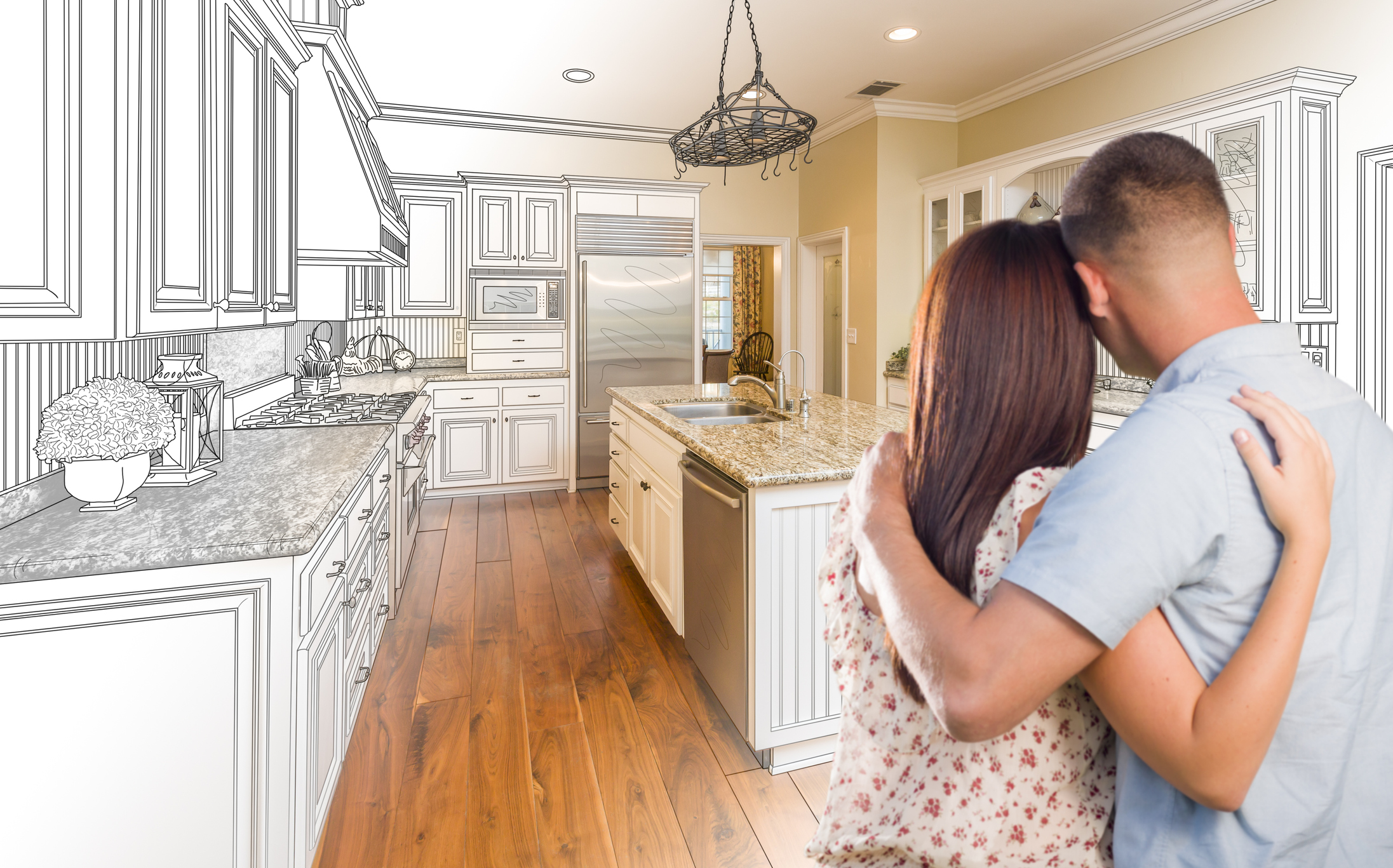
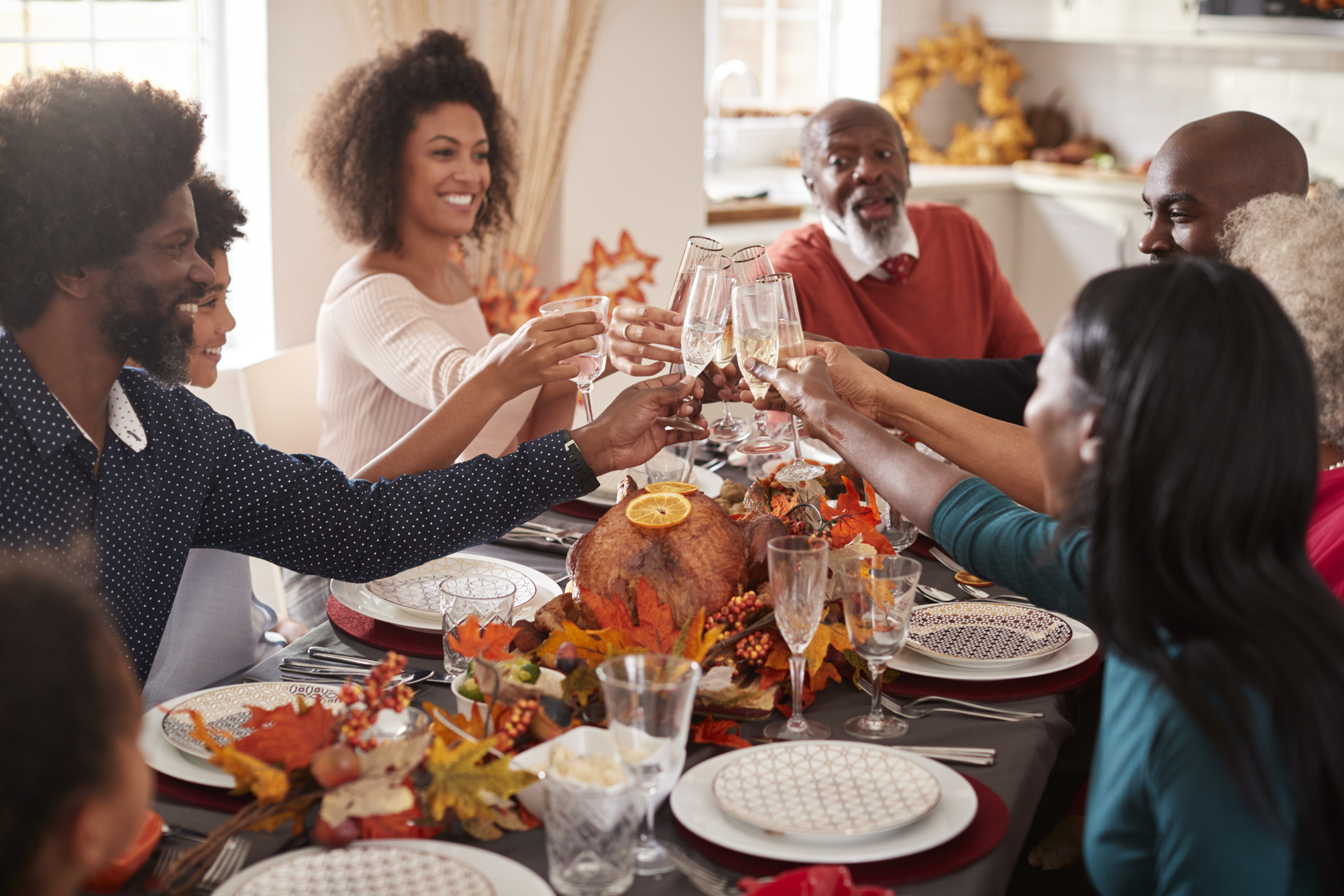
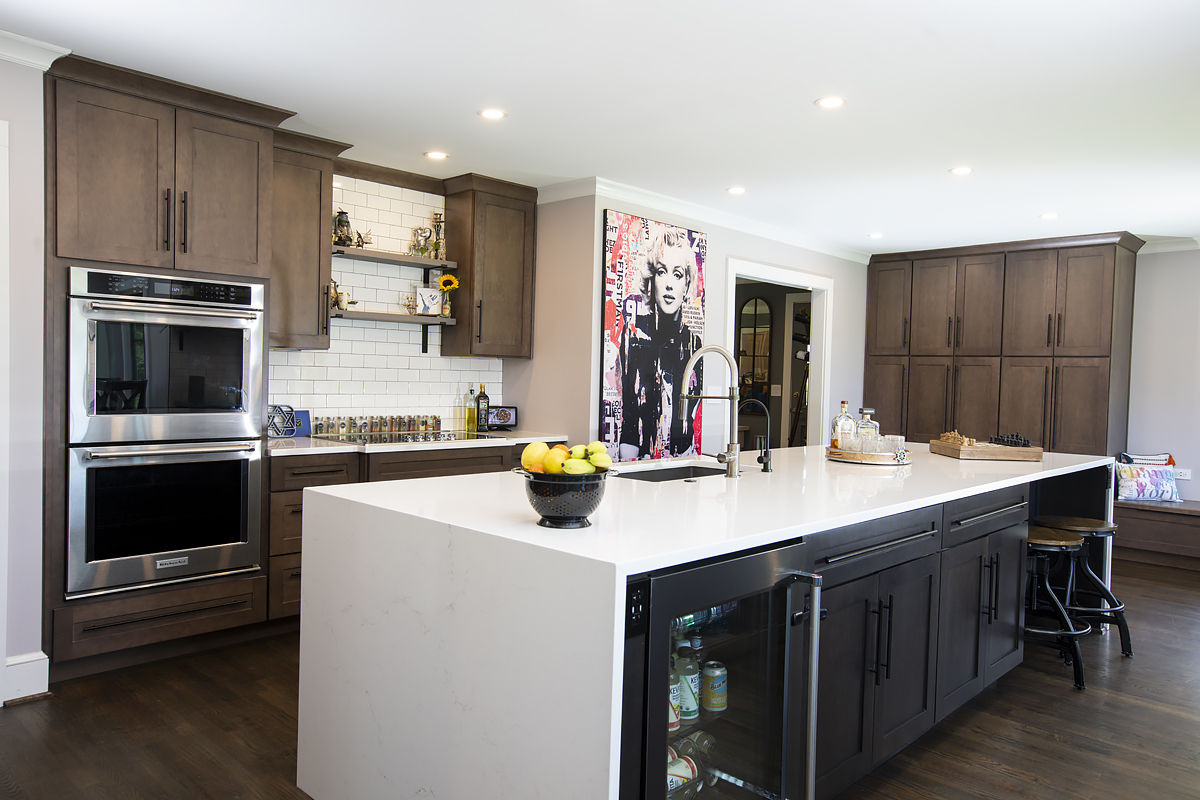
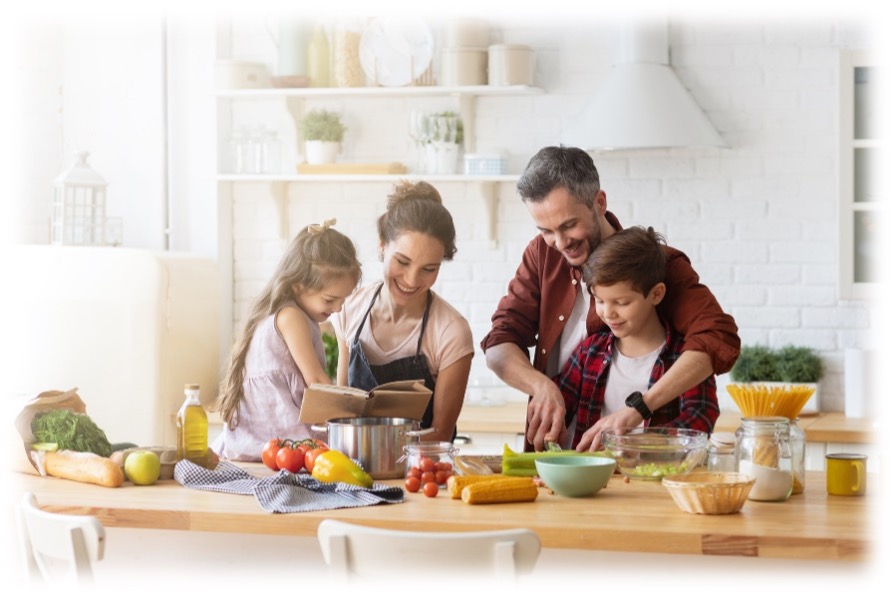
+ Show / Hide Comments
Share to: